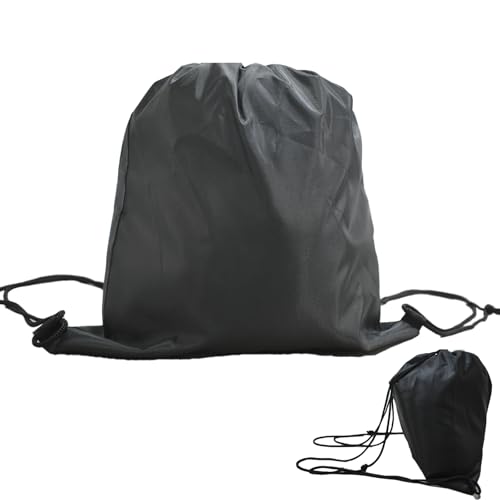Okay I lied.
This article explains it pretty well.
Centrifugal Force
Causes counter-steering, not gyroscopics!
By: James R. Davis
--------------------------------------------------------------------------------
Let's just look at the real world instead of the theoretical. I mean, I am a fanatical fan of physics and I cringe every time I hear people using gyroscopic concepts to explain counter-steering. It smacks of pedantics, a scholarly sounding put-down of common knowledge. Besides, it is simply wrong.
The gyroscopic effect caused by trying to turn a spinning wheel does exist. So, if it were true that it is that effect which initiates counter-steering then in theory if you were to replace the front wheel on your motorcycle with a ski you could no longer counter-steer.
But exactly that has been done and that vehicle still REQUIRED the use of counter-steering to change directions. That can only be true if gyroscopics were incidental, not causative.
So let's look at what really causes a motorcycle to change directions.
Suppose that you are driving your motorcycle in a straight line and then provide a counter-steer input to go to the right. That would involve pushing the right grip forward and that, in turn, results in the front wheel pointing to the left.
In other words, 'pushing right' starts the bike making a LEFT-hand turn with a LARGE radius. No matter how large the radius is, it is part of a circle and centrifugal force tries to push your bike away from the center of that circle, right?
So centrifugal force pushes the bike to the RIGHT. Your bike's body is much more massive than is the front-end of that bike and it pulls the front tire over to the right as well. THAT is a demonstration that centrifugal force created the lean and change of direction to the RIGHT.
Now, if you happened to be moving in a straight line going very slowly before you pushed the right grip forward (or pulled the left one towards you) the bike would fall to the left, right? (The center of gravity has moved to the LEFT of the midline of your tank. Without centrifugal force the bike would, in other words, FALL to the left as a result of your 'push right' input.)
The difference between fast and slow speed turning is the amount of centrifugal force that exists and the amount of centrifugal force increases with the SQUARE of speed. When moving faster than about 6 MPH the amount of centrifugal force pushing the Center of Gravity of the motorcycle outward is greater than the amount of gravitational force pulling the Center of Gravity down (toward the inside of the turn) so the bike will lean to the OUTSIDE of the turn - to the right when the front wheel points to the left - instead of falling down.
Now you know, with real world experience, that centrifugal force is what makes counter-steering work, not gyroscopics.
And you should know that when a scholarly discussion resorts to pointing out that 'there is no such thing as centrifugal force, only centripetal force exists' it is pedantic, at best. Though true, such an argument distracts from understanding practical reality.
Those same 'I'm smarter than you are' arguing tactics could also be used to claim that 'there is no such thing as cold, only heat exists'. But in the real world you insure that your children get out of the cold and dress appropriately because we all live in a practical rather than theoretical reality.
--------------------------------------------------------------------------------
Copyright © 1992-2007 by The Master Strategy Group, all rights reserved.
https://www.msgroup.org
Zoltan
































































